Wild blueberries are cultivated successfully in Nova Scotia: here’s how!
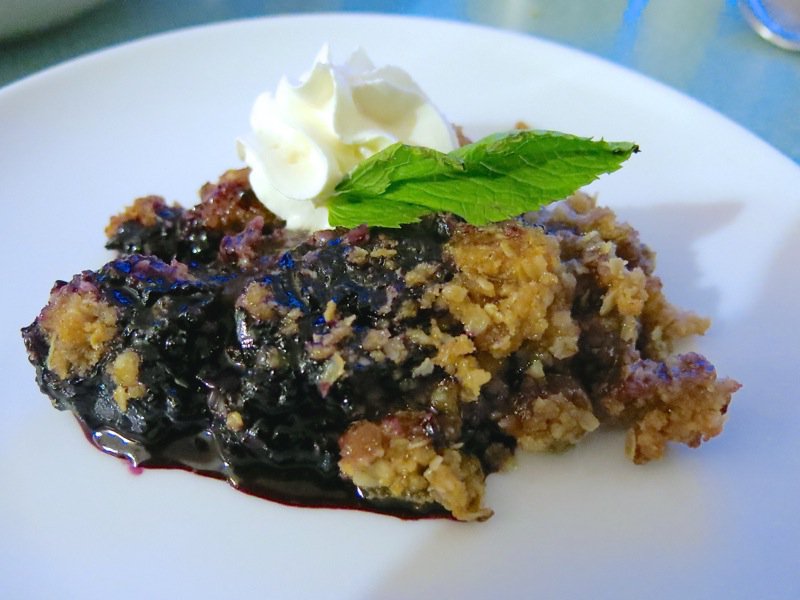
Angus, of Bonnymans Wild Blueberries, as every wild blueberry farmer, has his “sweet spot” – or the field that is his favourite. The one he can count on year after year (well, every two years) for the best berries of the bunch. These are the berries kept for the special family recipes. He, his father, Allan, Peter Burgess, a Horticulturalist for the Nova Scotia Department of Agriculture, and Peter Rideout, Executive Director of the Wild Blueberry Producers’ Association of Nova Scotia (not to confused with www.nswildblueberries.ca which is the URL for Bonnymans’ Wild Blueberries) presented information about wild blueberry cultivation to the Slow Food in Canada National Conference participants at one of Bonnymans Wild Blueberries fields. What an eye-opener this little stop in the afternoon was!
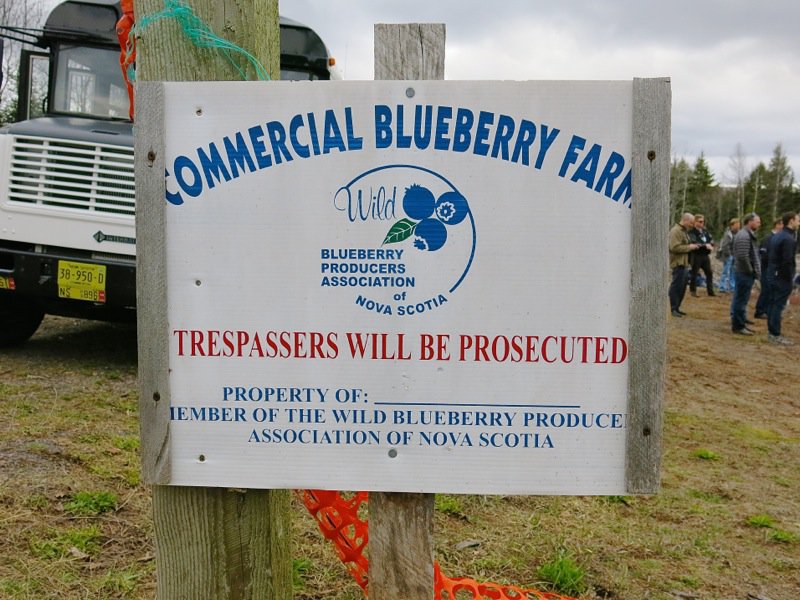
It is difficult to wrap one’s head around the cultivation of anything wild. The very fact that the produce is cultivated, leads one to think “farmed” or “tamed” for cultivation purposes. Yet, production of wild blueberries differs in many significant ways from production of other fruit crops. The plant is a native, naturally occurring plant in northeastern North America possessing a specific biology conducive to cultivation in the wild. Wild blueberries are not planted, but developed from native already existing plants. Since the harvested crop comes from fields composed of managed, native plants, these blueberries are marketed as “wild” blueberries. It can take ten years, and sometimes more, to get a field to “take” to the wild blueberry plants. They will eventually, if the field is fertile, fill in most of the field, but this is a long, slow process. Very unlike cultivating tamed plants such as the highbush or cultivated blueberry which is planted and maintained in a manner similar to an orchard.
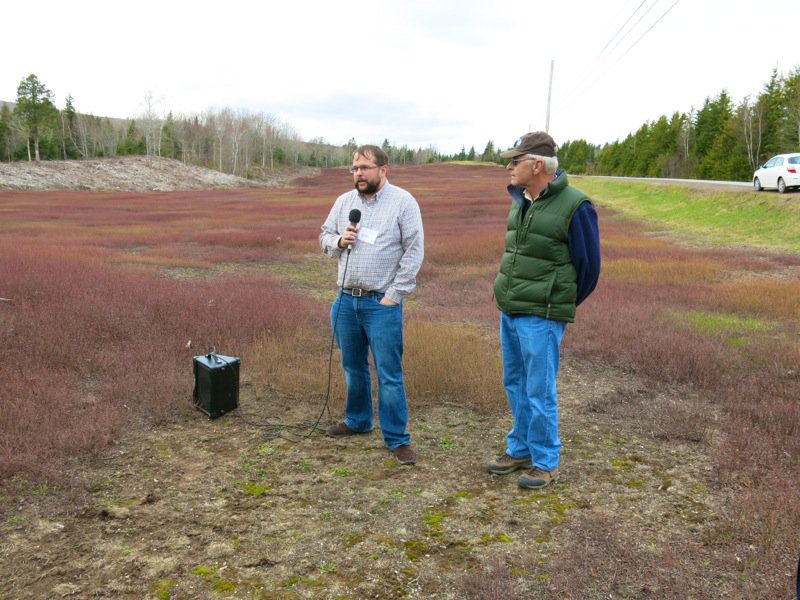
I was mesmerized by the burgundy bark on the plants and how gorgeous, even out of season, these low bushes were against the golden landscapes.
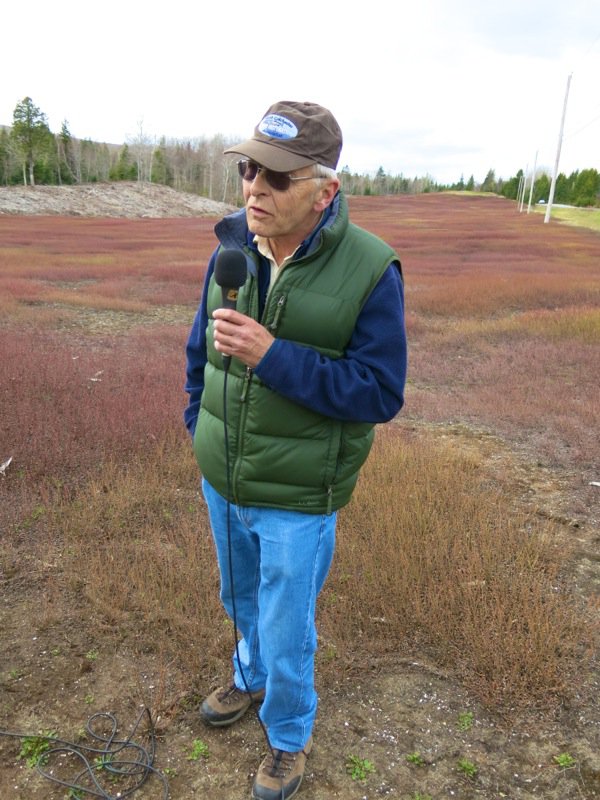
As the wild blueberries spread by rhizomes or underground runners. In unmanaged fields, the rate of spread by rhizomes averages only 5 to 8 centimeters per year. When competition from weeds has been reduced, rhizomes have been found to grow as much as 38 centimeters in one season. It is this slow spread of the rhizomes which accounts for the long period of time required to bring a new field from initial clearing to full coverage. But, one cannot simply “transplant” these rhizomes and expect these wild plants to grow. It doesn’t work that way. The native lowbush blueberry must already present on the land to work to develop a wild blueberry field. Recall how this is done: through weed management and pest control.
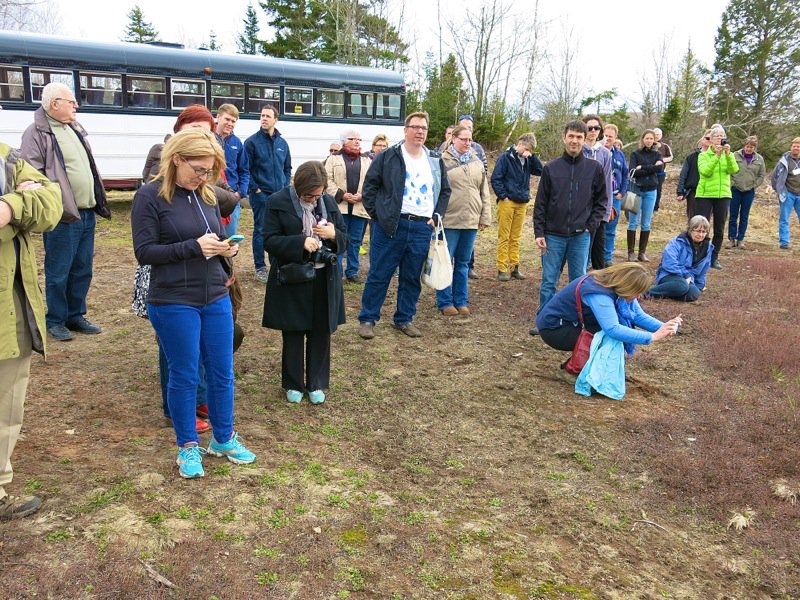
As the rhizomes spread, new shoots are formed and emerge in early spring. These shoots are perennial and, unless subjected to pruning, they will continue to grow, yet it will take 2 years to produce a berry. During late summer and fall, buds develop on the shoot tips. On new shoots, the ratio of flower buds to vegetative buds is greater and the flower buds on new shoots are more winter hardy and produce more individual flowers. Growers have been able to dramatically increase yields by pruning the fields on alternate years to ensure fields are comprised of new shoots and have a high density of fruit-producing flowers.
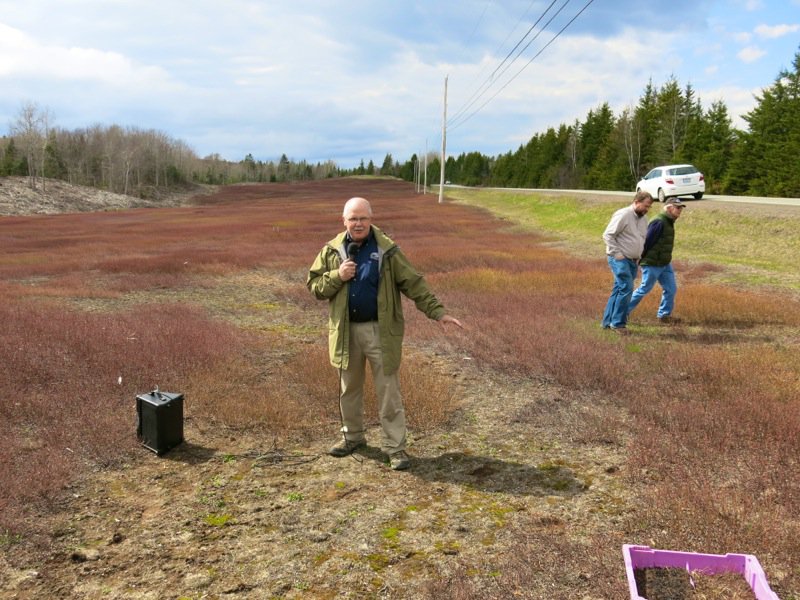
Initially, removal of trees, stumps and rocks is needed to provide an environment for the rhizomes to spread. It may take up to ten years, as mentioned previously, for the field to reach full production – depending upon the initial density of blueberries, topography of the land and weed and pest control.
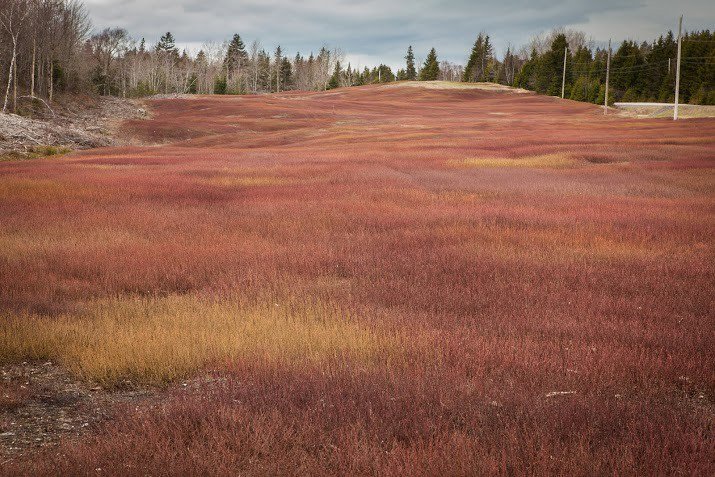
During this expansion period, the blueberry grower receives no income from the operation. Photo above by Jens Gerbitz, and below from Bonnyman’s Facebook Page.
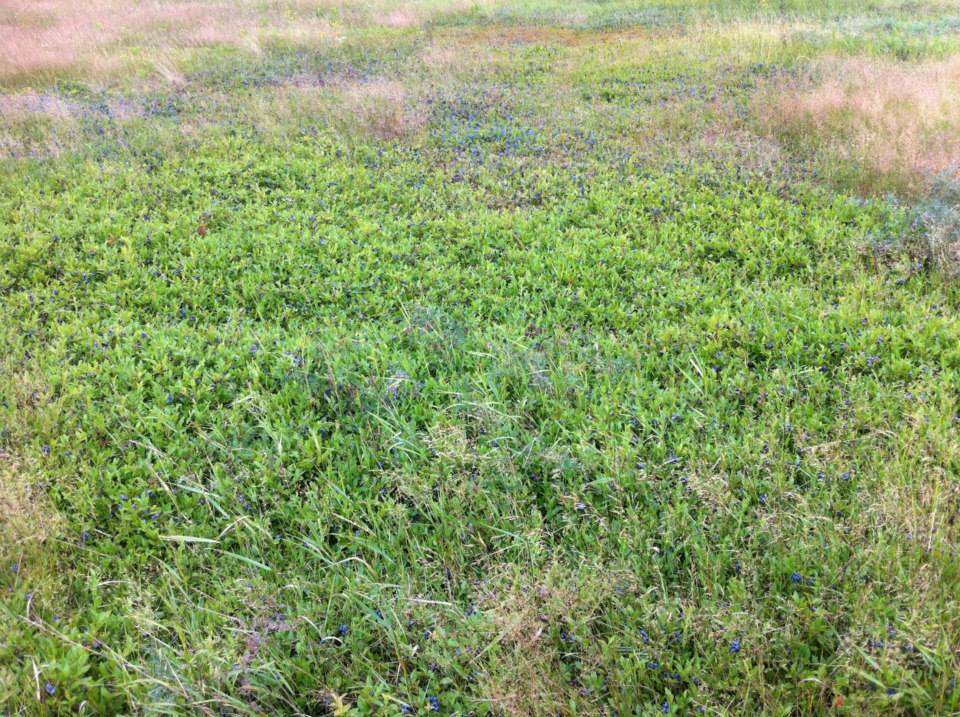
Above is the same field, but in blueberry bloom! The photo below was also taken by Angus and are on the Bonnyman Wild Blueberries facebook page.

The management of existing fields is a continuous operation where pruning by burning may be done to ensure that the new shoots spring up the following year to increase production. Burning reduces pests and disease. Once established, a field could continue to produce indefinitely, if properly managed. That is where the hard work and years of investing time into preparing fields for production pays off. Angus’s father has produced several fields for the Bonnymans Wild Blueberries business. The maintenance and harvesting of these fields requires a tenacious focus during the season.
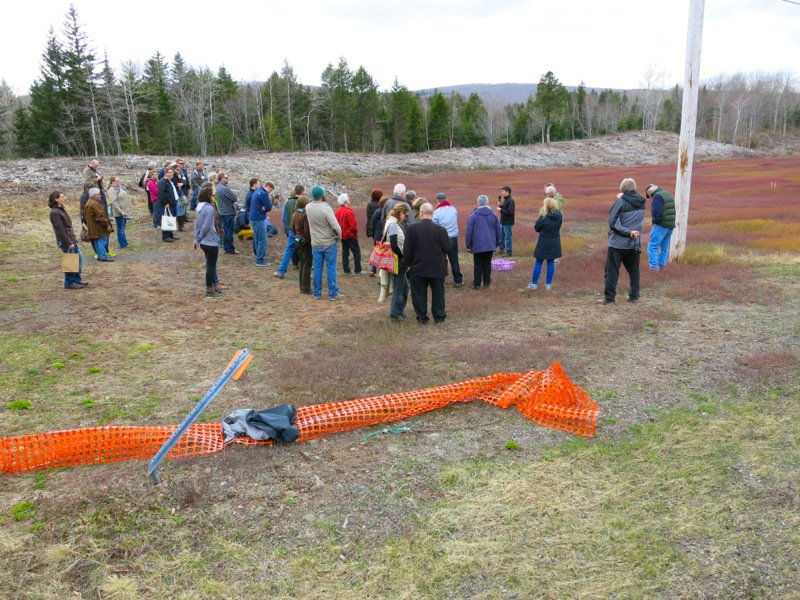
In all cases, it is important to note that although initial development costs vary, the length of time required to bring a blueberry field into production is primarily dependent on the initial density of blueberry plants. Good management practices can increase the rate of spreading reducing the length of time for initial development. A developed field is usually placed on a continuous two-year cycle of a vegetative year followed by a cropping year. It is common practice to divide fields so that half of the area is harvested in any one year.
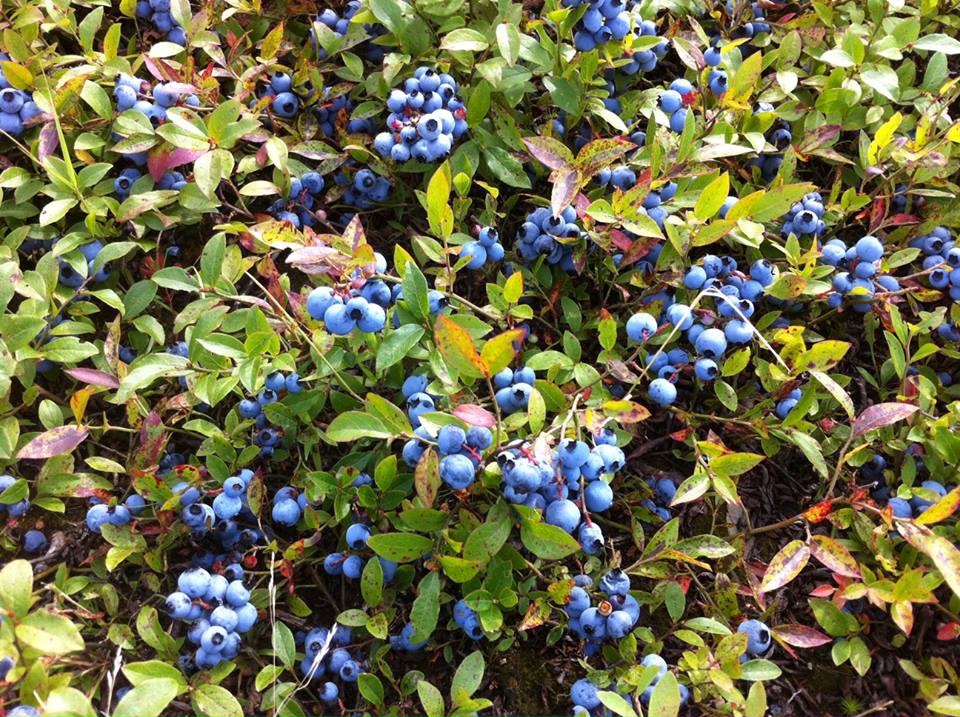
Yet, in well established wild lowbush blueberry fields, modern agriculture management practices, such as sustainable weed and pest control, can produce a crop which can yield 3,000 pounds per acre. Under favorable conditions, yields of up to 8,000 pounds per acre have been realized.
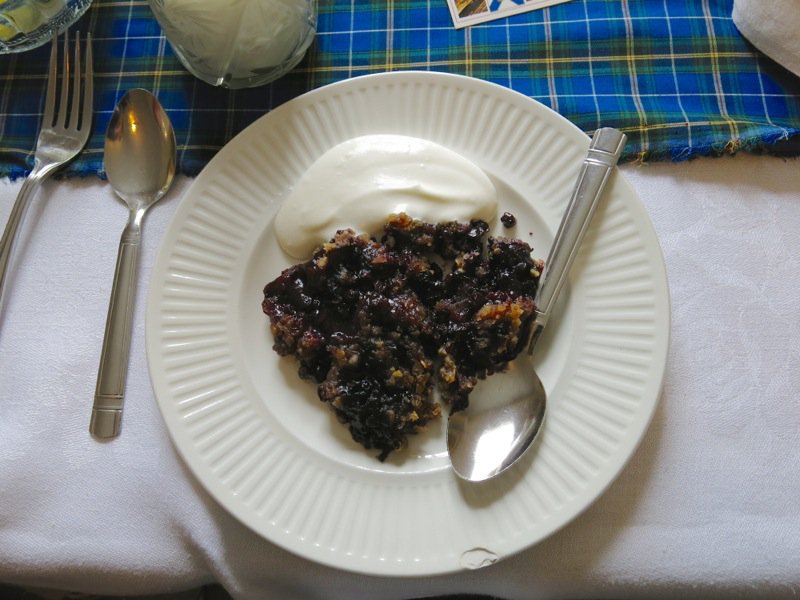
Some years are better than others, as is always the way with any kind of farming, but I can tell you that Bonnymans Wild Blueberries are delicious. I ate at least 4 Blueberry Crumbles while at this conference and could not get enough of them. However, I was still hoping for a slice of good old fashioned blueberry pie.
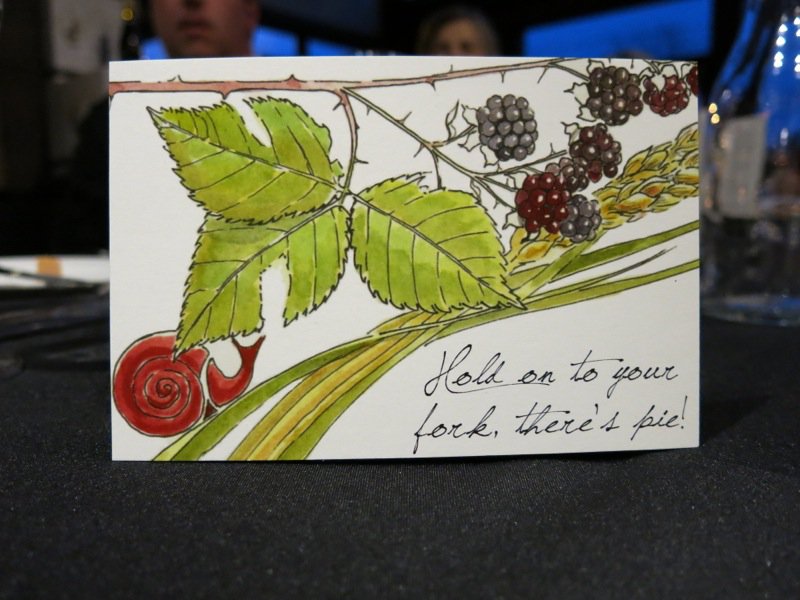
I’ll hold Angus to that the next time I visit! Maybe we can also get him to share his family recipe for Blueberry Crumble. I haven’t asked him, yet – so chime in, and let’s all let him know we’d like a copy of it!




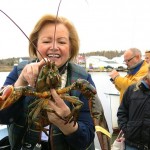
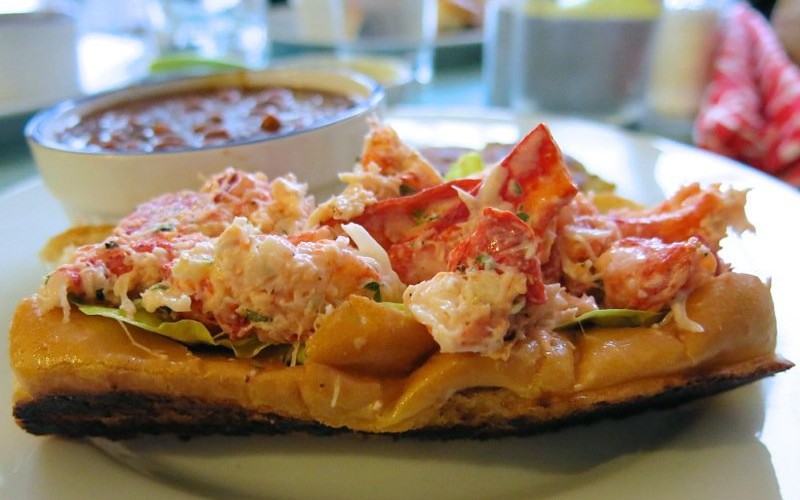





I would enjoy getting a copy of the Blueberry Crumble recipe.
Thanks for chiming in, Daryl! Angus….?
🙂
V
Many thanks to the Bonnymans for promoting and showcasing the WILD BLUEBERRY, Nova Scotia’s Provincial Berry ! A great story and a great job.
Thank you, Alice! They supported this conference and showcased the region with panache! Loved it all!
🙂
Valerie
I have 3 little plants some day their will more I here the spread. I am going to transplant them into a veg box in the fall. Is that a good time to do this?
For tame blueberry plants, yes. But wild ones won’t grow in a veg box.
🙂
V
I’m in New Jersey. I would like to know where I could wild blue berries bushes. And what can I do to keep the little critters out of my blackberries, raspberries , and my blueberries.
Thank you Paula Butterfield
You would have to ask Bonnyman’s that question, Paula. I only wrote about the experience. I don’t farm the berries.
🙂
Valerie